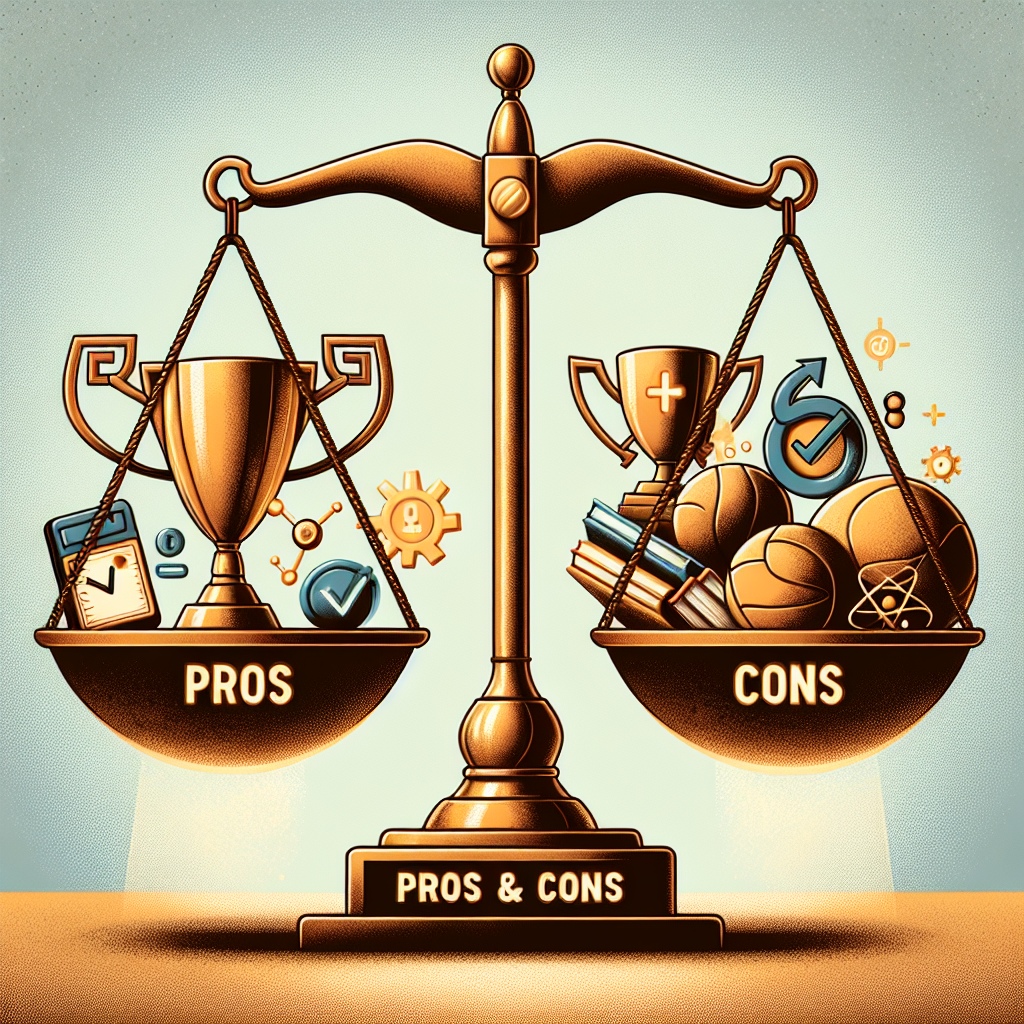Deciding how to explore careers can feel overwhelming, and assessments promise clarity. Career Cluster Test: Pros and Cons Explained appears here to help you weigh what these tests can — and cannot — do for your job search and planning. Below you’ll find practical guidance on when cluster tests are useful, how to interpret results, and what steps to take after you receive your report.
Pros and Cons of Career Cluster Assessments
Career cluster assessments group occupations by themes like “Health Science” or “Business, Management & Administration.” They can rapidly point you toward broad fields that match your interests and strengths, but they also have limits. Understanding both sides helps you use results without overrelying on them.
What career cluster tests do well
- Provide quick, structured direction — They narrow hundreds of jobs into a handful of clusters so you can focus exploration.
- Encourage self-reflection — Questions about preferences and skills prompt honest thinking about what you enjoy and value.
- Support early-stage planning — Useful for students, career changers, or anyone who needs a starting point for research and conversations with advisors.
- Highlight transferable paths — Clusters show related occupations, which can reveal lateral moves and training shortcuts.
Common limitations to watch for
- Overgeneralization — A cluster represents many different jobs; liking the cluster doesn’t guarantee you’ll like every role within it.
- Measurement shortcuts — Short quizzes can miss nuances like work environment preferences, salary expectations, or family constraints.
- Static snapshots — Tests rarely consider changing labor markets, new technologies, or regional demand differences.
- Bias in question design — Some assessments are better researched than others; lower-quality tests can steer you toward trendy or ill-defined clusters.
How to use results effectively
Treat cluster outcomes as hypotheses, not prescriptions. After you get your results, map them to concrete occupations, required skills, and local demand. Talk to people working in the clusters that interest you — informational interviews and job shadowing are invaluable. If you’re considering a major life change, such as returning to the workforce or shifting industries, pair test results with targeted research and mentoring.
Practical next steps
- Translate clusters into job titles and required qualifications.
- Check labor market data and growth projections for roles that appeal to you.
- List short courses, certifications, or volunteer experiences that build credibility quickly.
- Create a 3- to 6-month exploration plan: read job descriptions, reach out to three professionals, and try a related short project or class.
If you’re exploring a later-life reinvention, consider guidance specific to that stage. For example, resources on starting fresh after 50 can frame training choices and realistic timelines; see Starting Fresh — new career paths for women at 50 for ideas and encouragement tailored to that audience.
Interpreting test quality and fit
Not all assessments are created equal. Reliable instruments have transparent methods, validation studies, and clear documentation about what they measure. When evaluating a tool, look for sample questions, research citations, or endorsements from schools and career centers. If a test makes broad claims like “this will tell you your perfect job,” be skeptical — solid guidance narrows options and suggests ways to learn more, rather than promising certainty.
Complementary tools to consider
- Skills inventories — Identify what you already do well and which skills are transferable.
- Values assessments — Clarify non-negotiables like work-life balance, mission alignment, or physical work conditions.
- Labor market resources — Match your interest to jobs that actually hire in your region and pay what you need.
For reliable employment and occupational information, consult trusted labor statistics and career resources such as the BLS Career Outlook, which provides data-driven context on job growth, wages, and education requirements.
Quick summary: When to use a cluster test
- Use it early in the exploration process to generate options.
- Combine it with other assessments and real-world research.
- Avoid using it as the final decision-maker — treat it as one input among many.
FAQ
Q: Can a career cluster test tell me exactly what job I should take?
A: No. It can suggest fields that align with your preferences and strengths, but it can’t account for individual circumstances, local demand, or personal constraints. Use results as a starting point, not a mandate.
Q: How often should I retake a career assessment?
A: Retake only when your interests, skills, or life situation change significantly — for example, after a new course, a major job experience, or a life-stage transition. Frequent retesting rarely yields more clarity.



